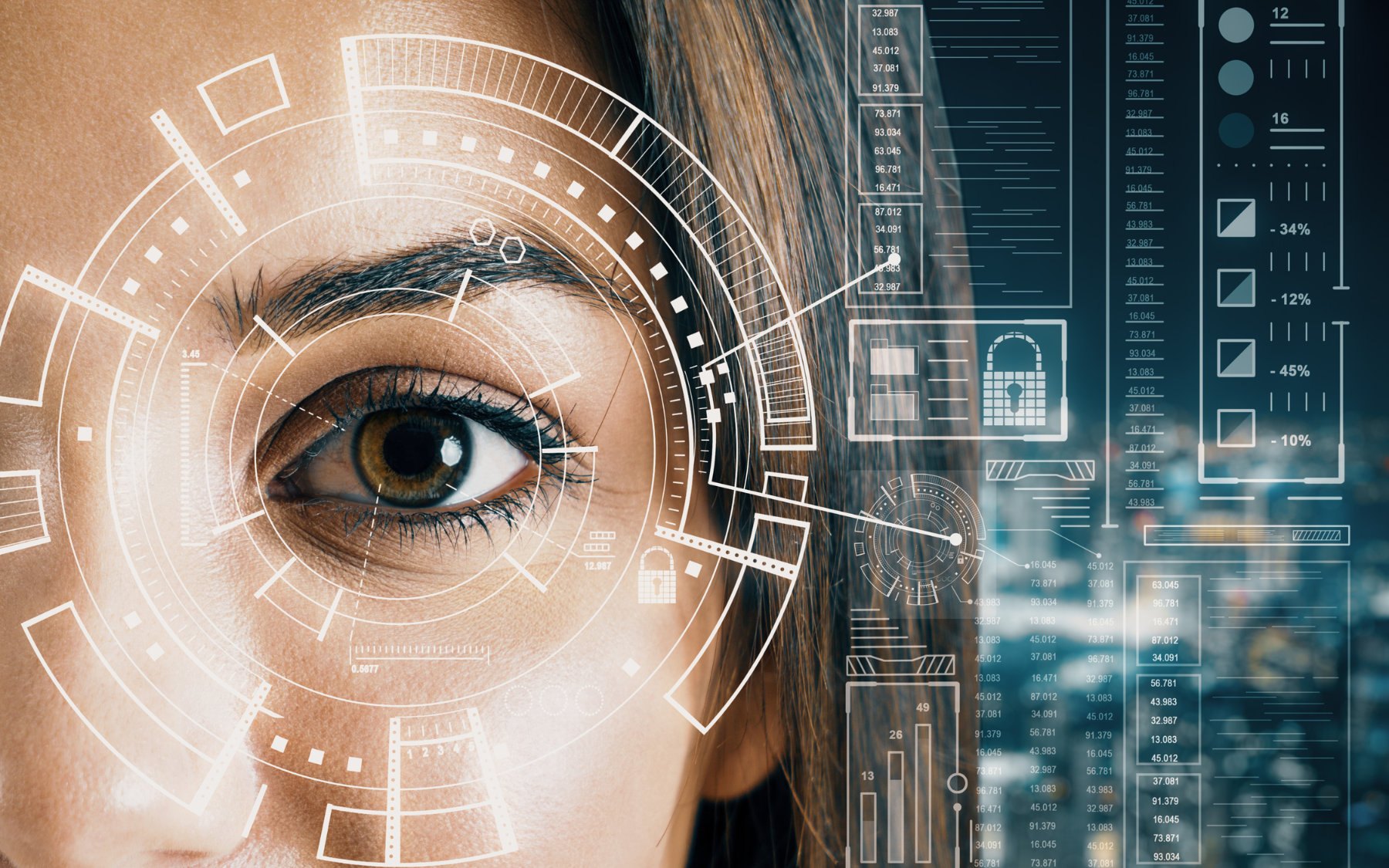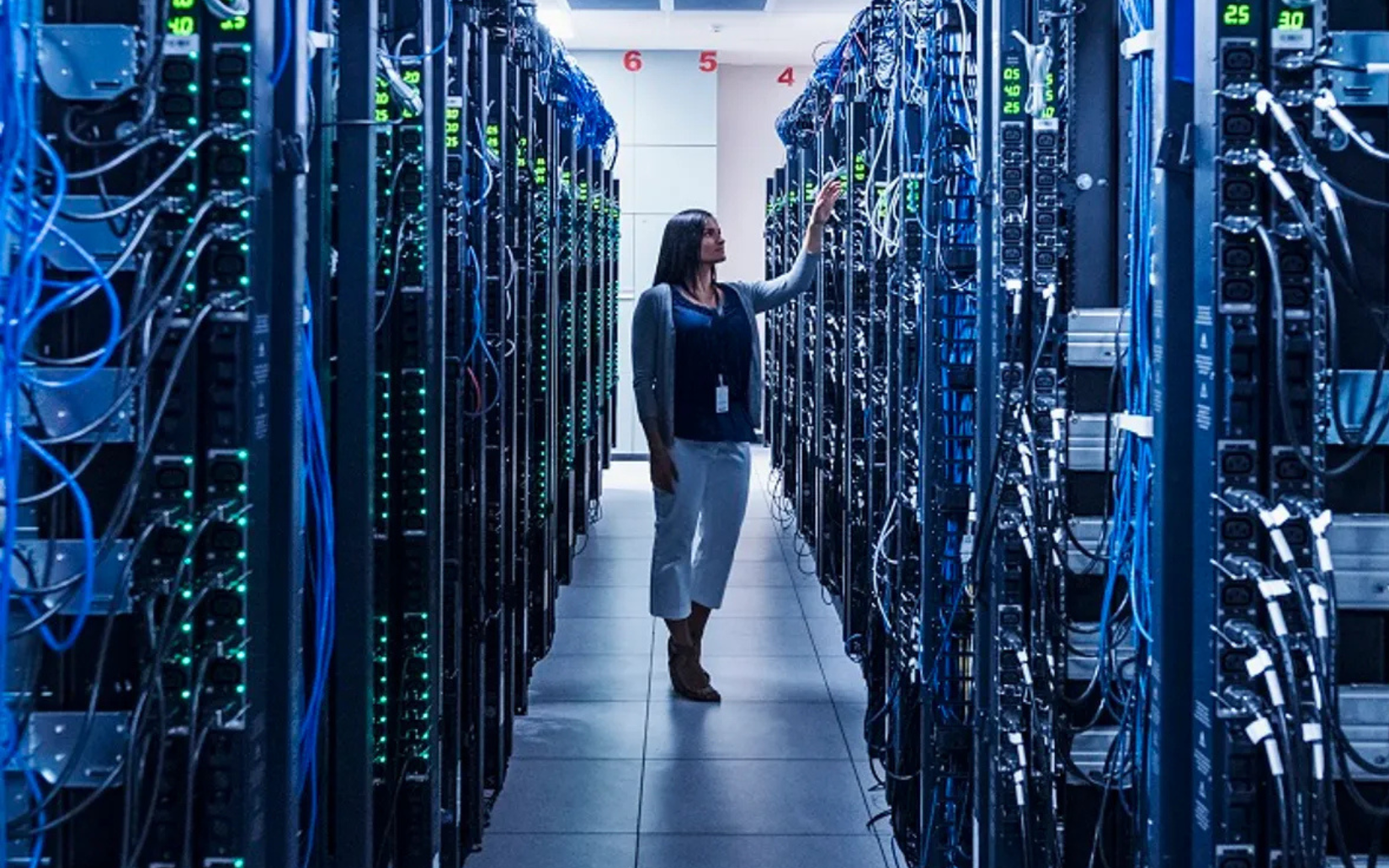Cybersecurity in Hotel Management Systems and Guest Data Protection
September 29, 2025

Introduction
Hotels hold sensitive guest information and financial records. Attackers know this. Criminal groups have shifted their attention to hospitality because of the high volume of personal data and the reliance on online booking systems. Attacks on hotels have grown in both scale and frequency in recent years. The hospitality sector is often targeted with ransomware, phishing, and data theft.
This blog is written for hotel owners, managers, IT teams, and students studying cybersecurity. It is also useful for anyone who works with digital guest records. You will gain practical knowledge about the risks and how to reduce them.
A hotel management system is the software that controls bookings, billing, housekeeping, and guest records. It connects to payment systems, email, and often third-party travel agencies. If this system is attacked, it can expose names, addresses, payment information, and even passport numbers. Think of the management system as the digital heart of the hotel. If it fails, the entire operation is affected.
This matters now because cyber criminals use automation, AI-driven tools, and social engineering to target weak systems. Regulations such as the UK Data Protection Act 2018 and GDPR require hotels to safeguard guest data. Failure to do so results in heavy fines and a loss of trust. Guests expect their data to be safe. If they do not feel secure, they will book elsewhere.
Why Hotel Management Systems are High-Value Targets
Hotels process thousands of bookings every week. Each booking includes names, addresses, email addresses, and payment information. Criminals see this as a profitable opportunity. Payment data is traded on dark web markets. Personal data is used in fraud or identity theft.
Hotel management systems are also attractive because they are often connected to third-party platforms. Online travel agencies, booking engines, and loyalty programmes all exchange information. This creates more points of entry. Attackers only need one weak link.
Research from IBM in 2023 showed that the average cost of a data breach in the hospitality sector was over 3 million pounds (IBM, 2023). Hotels often struggle to recover from such losses. The financial damage is only one part of the problem. Reputational harm is harder to repair. Guests will hesitate to trust a hotel that has suffered a breach.
Real-World Examples of Cyber Attacks on Hotels
- Marriott International Breach (2018): Hackers gained access to the Starwood guest reservation database, exposing data from 500 million guests (BBC News, 2018). This included names, addresses, phone numbers, passport details, and credit card information. The incident damaged trust worldwide. Even years later, many guests recall the breach when booking.
- Hyatt Hotels Malware Attack (2015): Malware was installed on Hyatt’s payment processing systems across 250 hotels in 50 countries. It captured credit card details, showing how attackers target point-of-sale (POS) systems to siphon payment data.
- InterContinental Hotels Group (IHG) Breach (2017): Attackers compromised payment card systems at over 1,000 properties, exposing guest card details. IHG admitted that weak security practices, like using outdated systems, made them vulnerable.
- Ransomware Attack on MGM Resorts (2023): MGM faced a ransomware attack that disrupted operations, locking guests out of rooms and shutting down slot machines in casinos. This showed how attackers can cripple hotel operations, not just steal data.
- Hilton Worldwide Data Breach (2015): Hackers installed malware on Hilton’s POS systems, leading to the theft of guest credit card data over several months. The company faced fines for not reporting the breach quickly.
These incidents highlight the variety of methods attackers use, including:
- Phishing campaigns targeting staff to steal login credentials.
- Point-of-sale malware designed to harvest credit card data.
- Ransomware that locks hotel systems and demands payment.
- Credential stuffing attacks against loyalty programmes, exploiting reused passwords.
If you run a hotel, your management system is more than a tool. It is a high-value target that criminals will continue to pursue.
Common Cybersecurity Threats in Hospitality
Hotels face a unique set of threats. Phishing emails often target staff with fake booking confirmations. Staff click on these emails, thinking they are from guests, and malware is installed.
Ransomware is another major risk. Attackers lock the hotel system and demand payment in cryptocurrency. In 2017, a hotel in Austria was hit by ransomware that locked room key systems. Guests could not access their rooms until payment was made (Reuters, 2017).
Wi-Fi networks in hotels are also common attack points. Guests often use public Wi-Fi without encryption. Attackers on the same network can steal login credentials or intercept personal data.
Point-of-sale systems in restaurants, bars, and spas are also vulnerable. Attackers have used malware to skim payment card data. These breaches often go undetected for months.
Social engineering attacks are frequent. Criminals call the reception pretending to be IT support and request login details. If staff are not trained, they may share credentials without realising the risk.
Without strong protections, hotel systems are easy targets. The combination of high guest turnover, seasonal staff, and multiple systems makes the sector especially vulnerable.
Guest Data: Why Protection is Non-Negotiable
Guest data is the most valuable asset in hospitality. It includes payment details, contact information, booking history, and identification records. Losing this data is more damaging than losing physical property.
When guests book, they trust you with their personal information. If you fail to protect it, you lose their trust. Trust is the foundation of hospitality.
Guest data is also subject to strict regulations. Under GDPR, personal data must be protected with appropriate technical and organisational measures. Breaches must be reported within 72 hours. Hotels that fail to protect guest data face fines of up to 20 million euros or 4 percent of global turnover, whichever is higher (ICO, 2022).
An example is British Airways, which was fined 20 million pounds in 2020 after a data breach that affected 400,000 customers (ICO, 2020). This shows regulators take breaches seriously.
Data protection is not optional. It is a legal and business requirement. By protecting guest data, you protect your reputation, your revenue, and your licence to operate.
Consequences of Weak Security
If you ignore cybersecurity, the results are severe. Financial loss is immediate. Attackers steal money directly or demand ransom. Recovery costs are high.
Operational disruption follows. If the booking system is offline, staff cannot check in guests. If payment systems fail, revenue stops. Guests become frustrated, leave negative reviews, and avoid returning.
Reputation damage lasts longest. News of breaches spreads quickly through social media and review sites. Even if you recover financially, guests may not return. Competitors will benefit as guests look for safer options.
Legal consequences also arise. Regulators impose fines, and class-action lawsuits may follow. Legal fees and settlements add to costs.
An example is the Hilton Hotels breach of 2015. Malware on point-of-sale systems exposed credit card information for months. The company faced lawsuits and regulatory action, along with lasting brand damage (US Federal Trade Commission, 2017).
Weak security is not a small risk. It is a direct threat to the survival of a hotel business.
Best Practices for Securing Hotel Systems
To reduce risk, you need strong security practices. Start with regular software updates. Outdated systems are easy targets. Apply patches promptly.
Use strong authentication. Require unique logins for each staff member. Do not share accounts. Implement multi-factor authentication for management access.
Encrypt all sensitive data, both in storage and in transit. Use secure connections for Wi-Fi and payment systems.
Segment networks. Keep guest Wi-Fi separate from internal hotel systems. This prevents attackers from moving easily between systems.
Back up data regularly. Store backups offline or in secure cloud services. Test recovery procedures often.
Limit access. Give staff only the permissions they need. Review access rights regularly. Remove accounts of former staff immediately.
Conduct regular security assessments. Use penetration testing to identify weaknesses. Address findings quickly.
Practical steps like these build a strong foundation. They show guests that you take security seriously.
Technologies and Frameworks for Risk Reduction
You have access to proven frameworks and tools. In the UK, Cyber Essentials provides a basic set of controls that reduce risk. It covers firewalls, access control, malware protection, patch management, and secure configuration. Certification also demonstrates compliance to guests and regulators.
NIST Cybersecurity Framework is another option. It provides structured guidance on identifying, protecting, detecting, responding, and recovering from threats. Hotels that follow such frameworks improve resilience.
Endpoint detection tools help monitor systems for unusual behaviour. Intrusion detection systems flag suspicious activity on networks. Encryption protects sensitive data at every stage.
Identity and access management solutions control staff logins and enforce multi-factor authentication.
Backup solutions with version control protect against ransomware. Even if systems are locked, you can recover data without paying attackers.
Investing in technology and frameworks is not an expense. It is an insurance policy against greater losses.
Regulatory Requirements in the UK and EU
Hotels in the UK must comply with the Data Protection Act 2018 and GDPR. These laws set strict standards for handling personal data.
You must have a lawful basis for collecting guest data. You must inform guests how their data will be used. You must store it securely and only for as long as needed.
GDPR requires that you report breaches to the Information Commissioner’s Office within 72 hours. Failure to do so increases penalties.
Payment systems must comply with PCI DSS. This standard ensures that payment card data is processed securely. Non-compliance risks fines from payment providers and potential loss of processing rights.
Hotels that operate internationally may also be subject to other regional laws. Understanding and complying with these is essential.
Compliance is not optional. It is a legal duty and a core part of protecting your business.
Future Trends in Hotel Cybersecurity
Threats will continue to evolve. Attackers are already using AI to create more convincing phishing emails. Ransomware groups are becoming more organised and professional.
Internet of Things devices in hotels present new risks. Smart locks, thermostats, and connected appliances are often weakly protected. Attackers can use them as entry points.
Regulators are increasing scrutiny. Fines will grow larger for non-compliance. Guests will demand transparency about how their data is protected.
Hotels that invest in cybersecurity now will be better prepared for these trends. Cybersecurity is becoming a key factor in guest trust and loyalty.
Summary
Cybersecurity in hotel management systems is not optional. It is essential to protect guest data, maintain trust, and comply with the law. Threats are growing. Risks are high. The cost of inaction is greater than the cost of preparation.
Your next step is to assess your systems, train your staff, and adopt recognised frameworks. Work with experts who understand hospitality.
Cybergen
is ready to support you with training, monitoring, and compliance services.
References
BBC News. (2018). Marriott hack hits 500 million guests.
IBM. (2023). Cost of a Data Breach Report. IBM Security.
Information Commissioner’s Office. (2020). British Airways fined £20m for data breach affecting more than 400,000 customers.
Information Commissioner’s Office. (2022). Guide to the UK GDPR.
Reuters. (2017). Hotel guests locked out by ransomware attack. Available at: https://www.reuters.com
US Federal Trade Commission. (2017). Hilton settles FTC charges it failed to protect consumers’ payment card data.
Ready to strengthen your security posture? Contact us today for more information on protecting your business.
Let's get protecting your business
Thank you for contacting us.
We will get back to you as soon as possible.
By submitting this form, you acknowledge that the information you provide will be processed in accordance with our Privacy Policy.
Please try again later.
Cybergen News
Sign up to get industry insights, trends, and more in your inbox.
Contact Us
Thank you for subscribing. It's great to have you in our community.
Please try again later.
SHARE THIS









